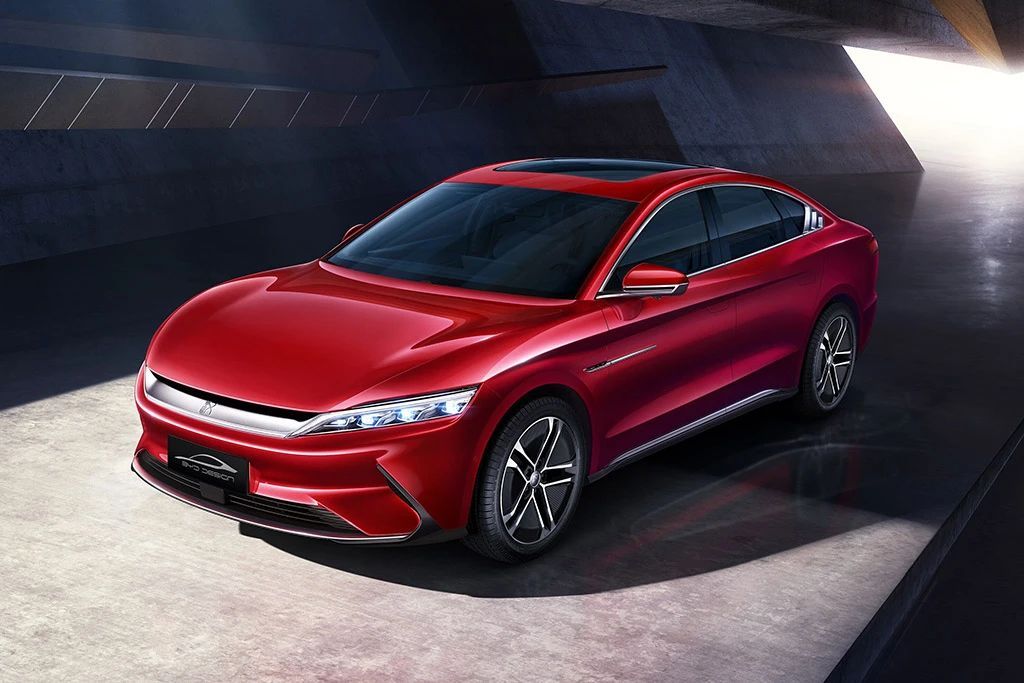BYD Han EV introduces a new entry-level model – Standard Range Luxury Edition
On July 31st, BYD Han EV introduced a new entry-level model – the Standard Range Luxury Edition. The new car continues to use lithium iron phosphate batteries and has a NEDC comprehensive range of 506 km, with a subsidized price of 209,800 yuan. The new car is now available for booking and will begin delivery in September 2021.
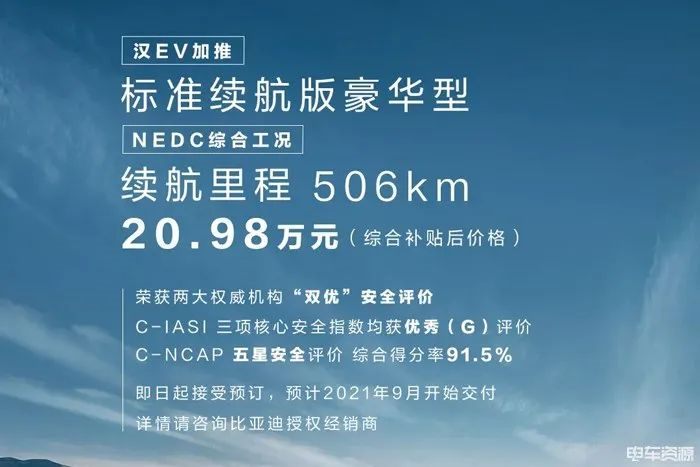
RMB 20,000 for 99 km
As a new model, the appearance and interior of the BYD Han EV Standard Range Luxury Edition is no different from the existing models for sale.
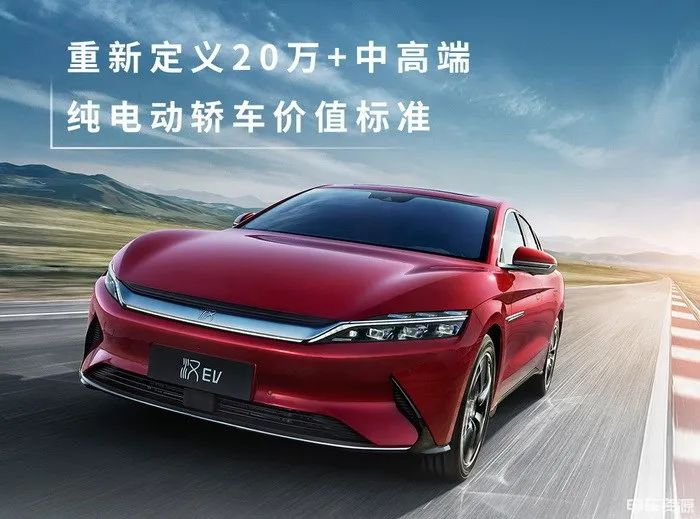
At present, the specific configuration of the Standard Range Luxury Edition can be seen on the BYD official website. Compared with the Super Long Range Luxury Edition, besides the 99 km less range, the maximum safety increased direct current fast charge has also decreased from the original 100 kW to 80 kW. The two models are otherwise identical.
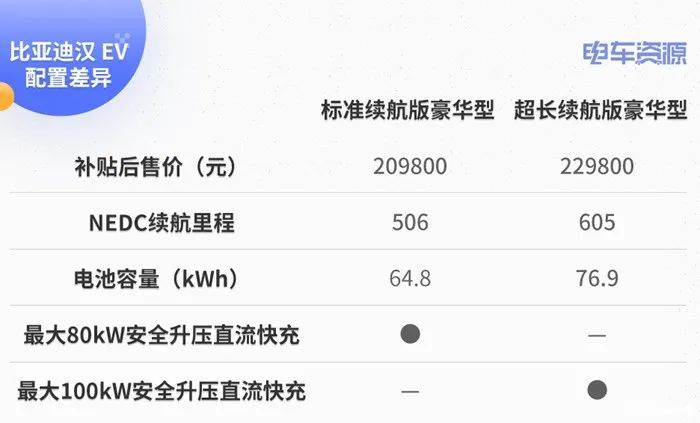
It also has configurations such as 360-degree panoramic imaging, full-speed adaptive cruise, 12.3 inch instrument panel, 15.6 inch central control screen, wireless phone charging, heated and ventilated driver’s seat, remote driving, lane keeping assistance, active braking and traffic sign recognition.
In other words, if you are willing to sacrifice 99 km of range, you can get a cash discount of RMB 20,000.
A single stone creates a thousand ripples
So, friends who are paying attention to the new energy market changes may ask, is BYD launching lower-priced models to deal with the sudden 15,000 yuan price reduction of Tesla Model 3?
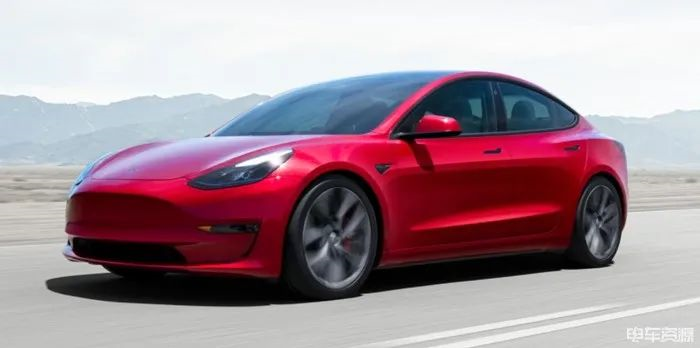
It’s not implausible. After Tesla Model 3 announced a price reduction of RMB 15,000, within 24 hours, BYD’s price reduction seems to be an attempt to fill this gap. After all, in this market, BYD Han and Tesla Model 3 have been competing for nearly a year.
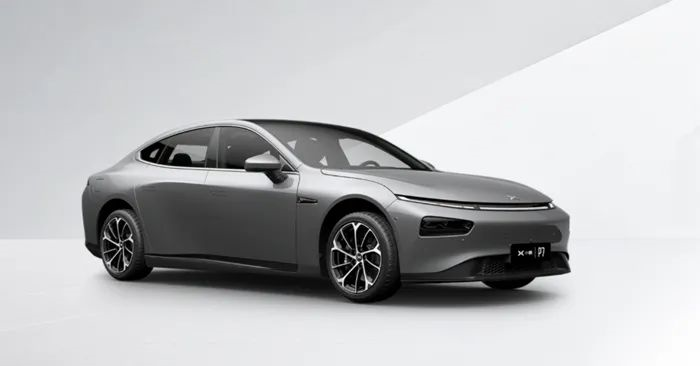 In addition to the recently introduced long-range version with lithium iron phosphate battery, which is priced only ¥100 higher than the Han EV long-range version, and the fact that both Tesla Model 3 and XPeng P7 entry-level models have better performance than the Han EV, whose performance is not particularly strong, the competitive advantage of the Han EV (ordinary version) in terms of price is being eroded by competitors. Unlike Tesla’s direct price reductions, the Han EV has only lowered the threshold of its car series, and the price of the long-range version remains strong.
In addition to the recently introduced long-range version with lithium iron phosphate battery, which is priced only ¥100 higher than the Han EV long-range version, and the fact that both Tesla Model 3 and XPeng P7 entry-level models have better performance than the Han EV, whose performance is not particularly strong, the competitive advantage of the Han EV (ordinary version) in terms of price is being eroded by competitors. Unlike Tesla’s direct price reductions, the Han EV has only lowered the threshold of its car series, and the price of the long-range version remains strong.
Furthermore, due to the high self-sufficiency of Han EV parts, there is still a great deal of room for the theoretical terminal price of the car, which has always been BYD’s advantage in the new energy sector. Therefore, when Tesla engages in “unreasonable” price cuts again in the future, Han EV may still be able to “fight fire with fire” and retaliate with the same approach.
In addition, BYD’s Han EV price cuts may be aimed at reversing the “misfortune” caused by negative news. This can be seen from the launch posters of the new car, which list the results of the G and Five Star ratings respectively from China Automotive Technology and Research Center (CATARC) and China National Automotive Quality Supervision, Inspection and Testing Center (C-NCAP) crash tests.
Compared to the minor fluctuations in price, the BYD Han DM-i could be the most significant trump card.
According to industry insiders, the future focus of the BYD Han series may be on the DM-i model. When the Han DM-i model is launched at the end of the year and BYD invests 2 billion yuan to build a DM-i powertrain production line in Taiyuan, Shanxi, with an annual output capacity of 500,000 units, it is reasonable to say that the Han DM-i would be the trump card in the series.
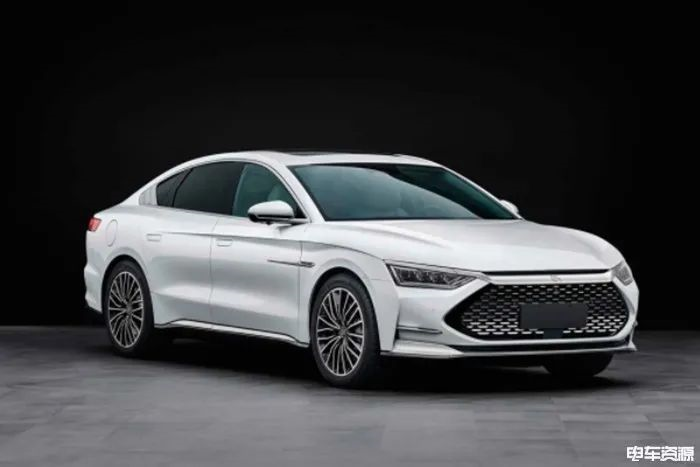
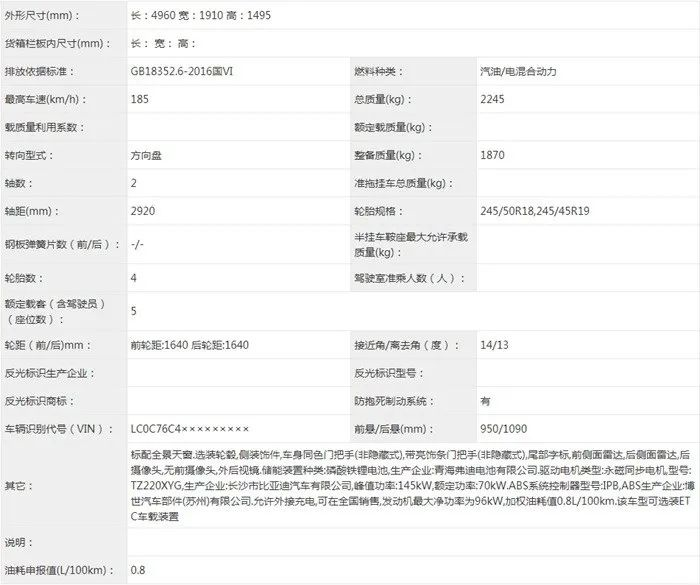 Based on the previously disclosed declaration information from the Ministry of Industry and Information Technology, it is expected that the BYD Han DM-i will be equipped with a DM-i plug-in hybrid system consisting of a 1.5T engine and an electric motor, compared to the regular version. The maximum power of the 1.5T engine, codenamed BYD476ZQC, is 139 horsepower (102 kW), and the permanent magnet synchronous motor model is TZ220XYG, with a maximum power of 197 horsepower (145 kW). The weighted fuel consumption is 0.8 L/100 km. Taking 92# gasoline in Shenzhen as an example, the fuel cost per kilometer is only 5 cents.
Based on the previously disclosed declaration information from the Ministry of Industry and Information Technology, it is expected that the BYD Han DM-i will be equipped with a DM-i plug-in hybrid system consisting of a 1.5T engine and an electric motor, compared to the regular version. The maximum power of the 1.5T engine, codenamed BYD476ZQC, is 139 horsepower (102 kW), and the permanent magnet synchronous motor model is TZ220XYG, with a maximum power of 197 horsepower (145 kW). The weighted fuel consumption is 0.8 L/100 km. Taking 92# gasoline in Shenzhen as an example, the fuel cost per kilometer is only 5 cents.

In addition, according to the rumored BYD 1-3 new car plan, the BYD Han DM-i is expected to be launched in the first half of next year. Since its launch in July, the cumulative sales volume of the BYD Han family has exceeded 100,000 units. If the purchase threshold of the DM-i model can be further reduced at that time, the position of the next popular model has already begun to be reserved.
Conclusion
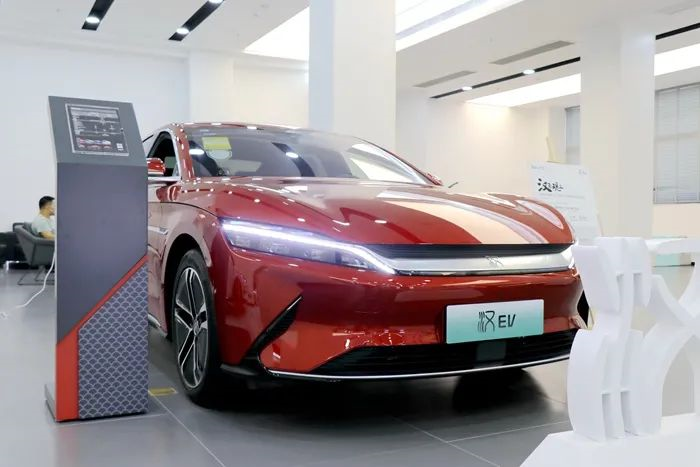
To be honest, from a product perspective, BYD Han has found a blank market segment by combining energy and power, styling, space, and cost performance, forming differentiated products to meet market demand. Even Shen Cheng, the sales center and marketing manager of BYD Han, once said, “Among Han’s new model buyers, 60-70% are from BBA’s luxury cars.”
The higher you go, the more bottom line you need. In addition to price pressure, BYD Han still has many shortcomings in the application of in-car infotainment and intelligent functions. For example, in terms of hardware matching and limitations of voice functions, there is still much room for improvement compared with competing models.
For more information about the BYD Han in-car infotainment, please refer to this article: How does the BYD Han with Huawei Hicar perform?
This article is a translation by ChatGPT of a Chinese report from 42HOW. If you have any questions about it, please email bd@42how.com.
